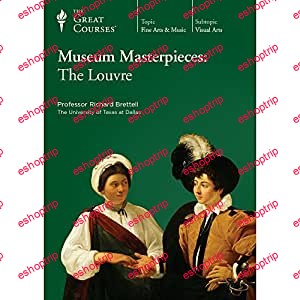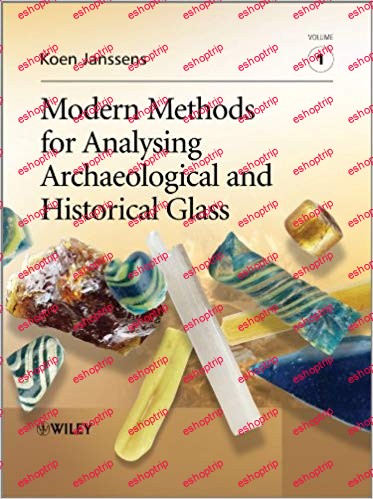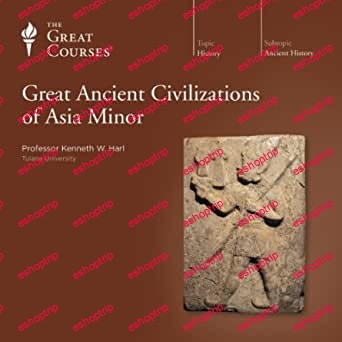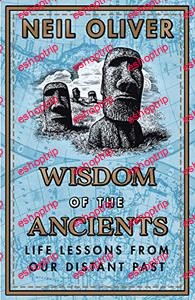TTC Video Museum Masterpieces The Louvre
Do you dream of exploring the masterpieces of the Louvre Museum in Paris? Whether you’re planning your first visit to this world-class museum, returning for a second look, or simply playing the role of armchair art critic, you’ll enjoy the pleasures that await you in this tour of France’s greatest treasures.
In Museum Masterpieces: The Louvre, expert art critic and historian Richard Brettell takes you on an unforgettable journey through one of the world’s greatest museums. This 12-lecture series begins with an overview of the Louvre’s colorful history as royal palace, art academy, and national showcase. Then you’ll explore some of the most beautiful and renowned examples from the museum’s remarkable collection of European paintings from the late medieval period through the early 19th century, including masterworks by Raphael, Caravaggio, Leonardo da Vinci, Watteau, Rubens and Vermeer.
Guided by Professor Brettell’s expert commentary, you’ll browse world-famous masterpieces and hidden gems as they come alive in luminous, full-color illustrations. What is the mystery behind Mona Lisa‘s smile? What does Jusepe Ribera’s painting of the Clubfooted Boy seem to say about the proper subject of art? From the art novice to the expert, everyone will find something to enlighten and surprise.
You’ll also retrace the steps of aristocrats and artisans who over eight centuries have come to this beautiful structure for inspiration. See how succeeding generations built on the aesthetic foundation of those who came before, and forged new styles and forms out of the works of the past.
Whether you’re new to the world of art, or a long-time admirer of the masters of European painting, you’ll be inspired and enchanted by Museum Masterpieces.
A Fascinating Façade
Your journey begins with a tour of the Louvre itself. A famously massive structure, the Louvre can be intimidating to a first-time visitor—and even to those who have already walked its many halls and corridors.
Professor Brettell offers an overview of this complicated structure, highlighting the most popular galleries and departments. You’ll also get a guided tour of the building’s colorful past as it has grown and changed from a palace to an art academy to a public museum over the course of its 800-year history. Here’s a sampling of the fascinating facts you’ll learn:
- The original building that stood on the site of the modern Louvre was constructed as a walled defensive castle in the 12th century.
- France’s King Henry IV linked the original Louvre with the Tuileries, the palace of Catherine de Medici.
- Many of the treasures of the Louvre’s collection of ancient art can be traced from Napoleon’s conquests.
You’ll also learn about the most recent development in the Louvre’s construction, which transformed these sprawling buildings into a unified museum and included the addition of the famous pyramid entrance designed by acclaimed American architect I. M. Pei.
With the aspiring traveler in mind, Professor Brettell provides practical tips designed to bring this spectacular showcase within reach—from the best times to visit the most popular galleries to commonsense strategies for avoiding “museum fatigue.”
Every Picture Tells a Story
After the introductory lecture, Professor Brettell offers a selective sampling of the grand masterpieces and lesser known gems that make up the museum’s collection of European paintings, including religious artwork, portraits, landscapes, still lifes, and scenes of everyday life. From beggars to kings, merchants to goddesses, miniature treasures to massive altarpieces, you’ll sample the full range of the Louvre’s rich collection of paintings and portraiture.
Professor Brettell provides a helpful framework for understanding and appreciating this rich collection by focusing on different time periods, schools, or regions in each lecture. Explore the influence of Italian art on French sensibilities, then sample the museum’s remarkable holdings in Spanish, Flemish, Dutch, and German paintings. The latter half of the course focuses on French painters, tracing their development from the 17th century through the French Revolution, the Napoleonic era, and the early 19th century.
Each lecture opens with a featured work, a representative masterpiece that serves as an anchor for the discussion to follow. Through these featured works, Professor Brettell introduces many of the relevant themes and historical issues that will dominate each lecture, and demonstrates how close observation of an artist’s techniques and compositional style can enhance our enjoyment of these paintings. From there, Professor Brettell expands on these themes and topics by exploring other key works from the same period or region. The lectures also serve as an introduction to art appreciation, as Professor Brettell demonstrates some of the most rewarding methods for examining these masterworks.
Throughout, the discussion is enlivened by fascinating anecdotes about the world of art captured in the Louvre’s collection:
- You’ll learn about the Caravaggio masterpiece, The Death of the Virgin, which was commissioned for the Roman Church of Santa Maria della Scala a Trastevere, but was rejected by the clergy because the model for Mary was identified as a prostitute.
- You’ll examine the frenetic work of Jean-Honoré Fragonard, and hear how he boasted of painting a master work in only one hour.
- You’ll hear how Jacques-Louis David’s rendition of a scene from classical Roman history helped spur the French Revolution.
- You’ll ponder the implications of Jean-Antoine Watteau’s portrait of the clown character Pierrot, and consider the theory that the painting was actually the artist’s melancholy self-portrait.
From engaging stories such as these, to insights into the techniques and methods of bygone masters, Museum Masterpieces: The Louvre offers an intriguing introduction to one of the world’s finest museums.











Reviews
There are no reviews yet.